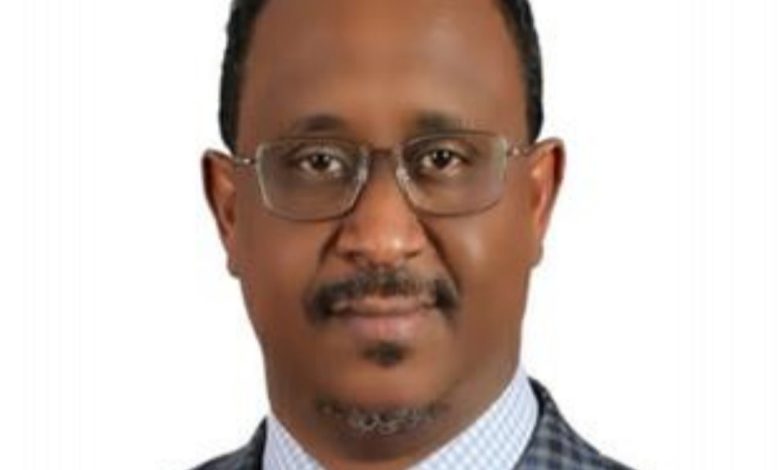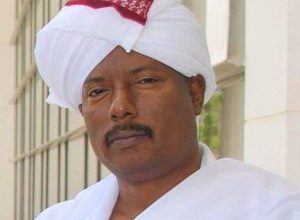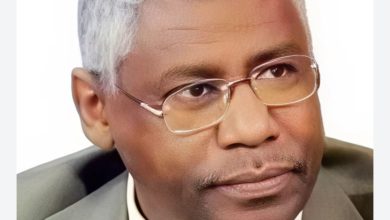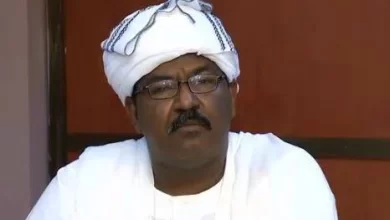Opinion
The Will to Educate Challenges the War in Sudan’s General Secondary Exams (2-2)

Dr. Abu Bakr Muhammad Ahmed Ibrahim
The rush for political exploitation of these young people’s right to continue their education and sit for these exams, which offer them a fair opportunity to compete for admission to the higher stage of knowledge, manifests in several ways. First, it overlooks that this right is guaranteed by international laws and conventions, the latest being the Safe Schools Declaration, signed in Geneva at the beginning of 2015, which “defines the obligations to protect education from attack, prevent the military use of schools and universities, and ensure equal access to education for all even in the midst of armed conflict and wars.”
Secondly, it is an objection that criticizes the party that ensures the prerequisites for conducting the exams in safe areas, while failing to condemn the party that obstructs these young people’s right to continue their education by preventing, extorting, or persecuting them.
Thirdly, it reduces the suspicion of division to the “duality of education places and places of military conflict,” ignoring that the declaration of the Darfur joint forces and their actual alignment with supporting the Sudanese army has practically complicated the idea of Darfur’s separation from Sudan, which is reinforced by the recent events in the city of El Fasher, the capital of North Darfur.
Undoubtedly, the resistance of the joint forces to the aggression of the rebel Rapid Support Forces and their determination to defend Darfur can be described as an existential issue for the joint forces, making it nearly impossible for the militia to control this region.
The Sudanese Educational Legacy Amid Current Challenges
The importance of the Sudanese secondary exams during this war lies in the fact that, from an educational perspective, it evokes the memory of a Sudanese educational legacy that culminated in mid-October 1962 with the issuance of a law regulating Sudanese exams by presidential decree, describing them as a “national responsibility,” and stating that the committee in charge of this task “should be characterized by responsible performance and high competence,” “ensuring social justice.” According to this law, its role is to achieve the principle of equal opportunity for entitlement and maintain the scientific level, protecting it from corruption.
The values mentioned in this law are embodied in the reputation that the Sudanese certificate has earned, both inside and outside the country, and in the overall educational performance over the past decades. Therefore, preserving these values—not just the procedural form of the exams—becomes a national responsibility and a major task under all circumstances. As for how to implement this task, it necessarily differs in wartime from peacetime.
On the other hand, this war alerts us to a set of priorities that should occupy the minds of educators and specialists. These priorities not only focus on securing the right to education during war and armed conflict but also on enhancing the role of education in sustaining peace, security, stability, and prosperity. Among the priorities that need rethinking is the issue of the administrative centralization of education, as it addresses many of the demands made by those who took up arms in our contemporary history.
Decentralization, although discussed by those responsible for education at the beginning of Jaafar Nimeiri’s rule (May 1969-April 1985), particularly in the 1970s when the regime adopted it as a governing approach, oscillated between centralization and decentralization through a conciliatory attempt. The reason for this, most likely, was the nature of the May regime, which, like other authoritarian regimes, was wary of advancing a philosophy of governance that involves local units in power, except in certain matters.
Overall, the May regime’s perspective at the time vacillated between embracing the advantages of “educational decentralization,” considering it suitable for addressing the expansion of education and the need for regional development, and considering the centralization of education a “guarantee for national unity and social cohesion by unifying curricula, educational systems, methods, and levels.”
Regarding the Sudanese certificate, even until 1978, “exams remained centralized, except for the southern region at the time for primary and lower secondary certificates, where the educational evaluation department centrally oversaw setting, printing, and distributing the exams. Similarly, for higher secondary exams, the central authority managed grading, unlike other levels where decentralization was implemented.”
The reference to the Nimeiri regime in this context aims to recall the war in the south and extract lessons from it concerning two issues: the optimal way to manage education in a vast and geographically and culturally diverse country like Sudan, and the principle of providing education during armed conflict, displacement, and emergencies in general.
The failure of the southern Sudanese, as reported, to secure their right to education during the war for over two decades in the 1970s, 1980s, and into the mid-1990s, despite the issue being part of the rhetoric of Mansour Khalid, then Minister of Education in the mid-1970s, reflects the profound consequences of not investing in education during war. The war essentially wiped out secondary education in the south, along with technical and vocational training, post-secondary institutions, teacher education, and adult education.
While this failure may seem due to a philosophical difference between two approaches in development and humanitarian aid, it was a failure largely borne by international donors who failed to fund education for southerners during the war, seeing development as an investment for the future and humanitarian aid as a means to save lives in the present. Thus, education was regarded as developmental and not funded during the war.
This denial of this fundamental human right exacerbated the social conditions that fueled the civil war and contributed to South Sudan’s eventual independence, leaving behind devastated regions and an uneducated population. The cultural rift, driven by the policies of the Sudan People’s Liberation Movement (SPLM), was further deepened by the establishment of a separate educational system for the south.
Thus, we are faced with two issues: providing education during war and building a national collective identity, both of which were not realized in the case of South Sudan, which chose separation in 2011. However, when we turn our attention to education during the armed conflict in the Nuba Mountains, the situation there does not differ much in terms of the areas controlled by the SPLM-North, especially regarding the direction of education and the philosophy behind its curricula. Yet, it differs in the Nuba leaders’ efforts to provide education during the war.
Education resumed during the war after a seven-year hiatus (1988-1995) through efforts by veteran teachers from the Nuba Mountains, focusing on literacy in English and Arabic, with an emphasis on English and relying on curricula from East African countries.
A notable contrast in comparing the situations in South Sudan and the Nuba Mountains is that Nuba soldiers formed the backbone of the Sudanese army during the first civil war in southern Sudan (1955-1972), as the war then was “specifically for a southern cause,” without any national objective, according to Wathiq Kamir. However, from the mid-1960s, political activists from the Nuba began asserting their rights against Khartoum, calling for decentralization and regional justice.
Conclusion
In the final analysis, the crises of Sudan’s armed conflicts call for serious reflection on reforming the state’s authority through politics and law, and reforming the Sudanese nation through culture, education, and development. Therefore, it is crucial to view education as a tool for social change and empowerment, translating this perspective into plans for what should be learned during this period of war. Politicians should not merely rely on speeches, and educators and decision-makers should refrain from insisting on covering the full content of educational curricula, which were designed for contexts different from the current situation in the country and the future reconstruction after the war.
The need to align education with current challenges and envision the future of the country is urgent. A group of educators familiar with the literature on education during wars and armed conflicts should lead this planning with a comprehensive strategic vision, after diagnosing current needs and considering the consequences of war and future requirements in the post-war period.
This task requires research to provide focused and honest conclusions on the lessons learned from Sudan’s history of conflict and war, with a view toward a future of peace, shared living, and reconstruction, as well as adherence to a methodology in designing educational programs involving experts in education, psychology, history, social sciences, development, computer science, and communications. Managing the current situation also requires experts to create an educational program for school administrations and education managers to understand the educational literature and trends during armed conflict.
This article was originally published by Al Jazeera Net.



